AKR in Oman 3.1 The Muscat Festival and the Blind Ethnomusicologist
AKR in Oman — Part 3
[This is the first installment of my blog for the third trip I am making to Oman as a Research Fellow of the Sultan Qaboos Cultural Center. My first post is a reflection on some of my experiences during my second trip to Oman during the month of February.]
1. The Muscat Festival and the Blind Ethnomusicologist
The Muscat Festival, a month long event of cultural display and public amusements has a history of more than 20 years. My second trip to Oman was planned, in coordination with my hosts at the Royal Court of the Sultanate, to coincide with the Muscat Festival, because, I was led to believe, there would be lots of performers there for me to see, hear, and meet. Indeed the density of culture-on-display was overwhelming and even though I concentrated primarily on the nightly action in the Heritage Village it took me most of a month just to figure out what was going on.
The Heritage Village is only one small aspect of the Muscat Festival which, this year, also included an international pavilion of artists and artisans from all over the Middle East and Asia, an amusement park for children, an area of exhibits by commercial businesses and educational or social organizations, several performance areas with international acts like ice skaters or flying acrobats, and each evening was punctuated by a 45-minute laser and firework show choreographed to music over a pool surrounded by a wide circular walkway that accommodated enthusiastic crowds numbering in the thousands.
All of these amusements took place beginning at 4 p.m. every day at the spacious and beautiful Qurum Park but off-site there were lectures at hotels, a festival of international cuisine, fashion shows by an international cadre of designers, an international bike race called “the Tour of Oman,” and a similar Sailing race, all collected under the umbrella of the Muscat Festival. The festival celebrated the 40th anniversary of the Sultanate and its ruler, showcased the city of Muscat, proclaimed the presence and prominence of Oman in an international arena, and invited national and international attendance including families from throughout the country enjoying their Spring break, international tourists, and professional artists, intellectuals, and athletes (and the publicity teams that accompanied them).
The Heritage Village
Although only a small part of the Festival’s attractions, the Heritage Village, is central to the festival as it generates content the for the parallel discourses of local and global, traditional and modern, and past and future that are clear objectives of The Muscat Festival. Now that I have finally interviewed many of its key producers, I’d like to sketch the physical, temporal, and conceptual plan of the Quriat it-Turath or heritage village.
The visitor to the heritage village approaches it through the farm area where a number of traditional life ways and crafts are on display: drawing water by harnessing the labor of a cow, making bricks from mud and straw, threshing grain by hand, and cooking a sticky sweet Muscati helwa. Camels are available for rides and various traditional style boats and activities related to fishing and maritime history grace the outside of the farm. Giant adobe arches give way to a fairy tale village setting with lighting design that makes even and amateur photographer’s work look spectacular.
Figure 1: Hasan al-Balushi illuminates the physical plan of the heritage village for me.
Hasan al-Balushi walked me through the outline of the village’s physical features which include a mosque, traditional and craft markets, a Bedouin environment, a seacoast environment, a school, and a madrassa school for reciting the Qur’an, places for agricultural demonstrations, and crafts unique to Oman, notably the numerous processes of weaving palm fronds and wool for any number of products from reed mats. to harnesses that assist in climbing date palm trees, to the colorful and distinctive wizar cloth that is worn under the man’s dishdasha.
Figure 2: Certain crafts people were present every night of the festival; the “studio” audience is pictured in the background.
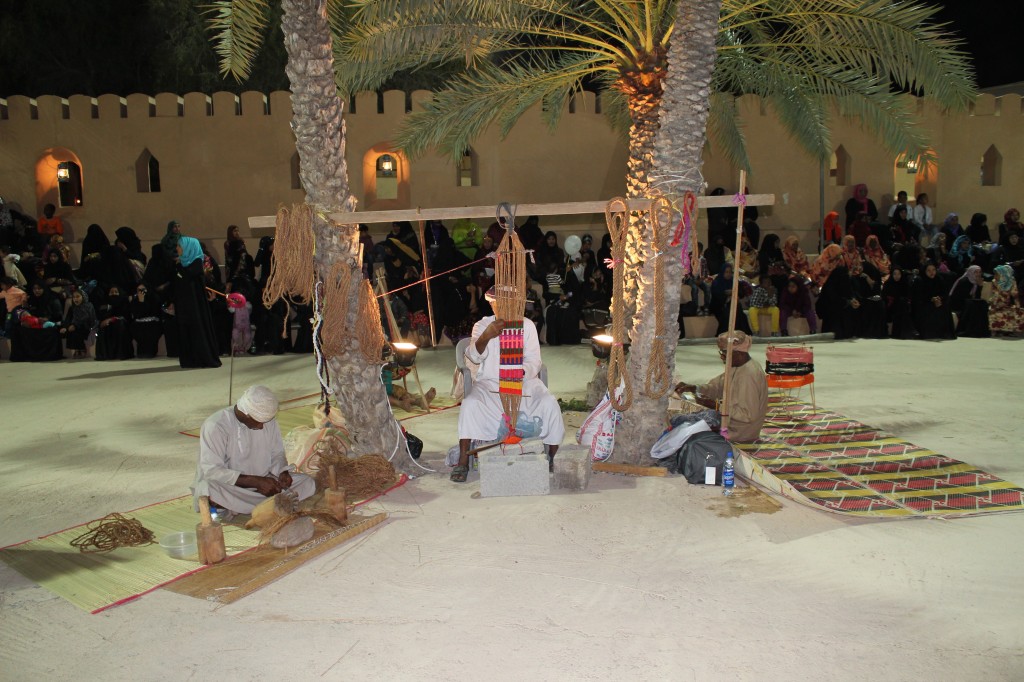
Figure 2: Certain crafts people were present every night of the festival; the “studio” audience is pictured in the background.
The Television Program “Asala”
While a number of crafts people were at the festival for it’s duration, demonstrating their work night after night, each night, one of Oman’s wilayas, or regions, took the stage. One wall of the traditional village is flanked with grandstand style bleachers for a “studio” audience, who, literally witness village life unfold before their eyes. While it wasn’t apparent to me at first I soon discovered that each evening’s events were choreographed as a live television show titled “Asala” (Authenticity), which aired nightly at 8 p.m. from the village. One of the program’s anchors, Ibtihal al-Balushi described the traditional village as their television studio. She and co-host Abdallah al-Dhuhli, who has a passion for passing on the traditions of Oman to families throughout the Sultanate, narrate their way through the village, stopping to introduce and briefly interview select members of the 200-400 participants on hand from the featured region.
Figure 3: Co-Anchors of the program “Asala” (Authenticity): Abdallah adh-Dhuhli and Ibtihal al-Balushi
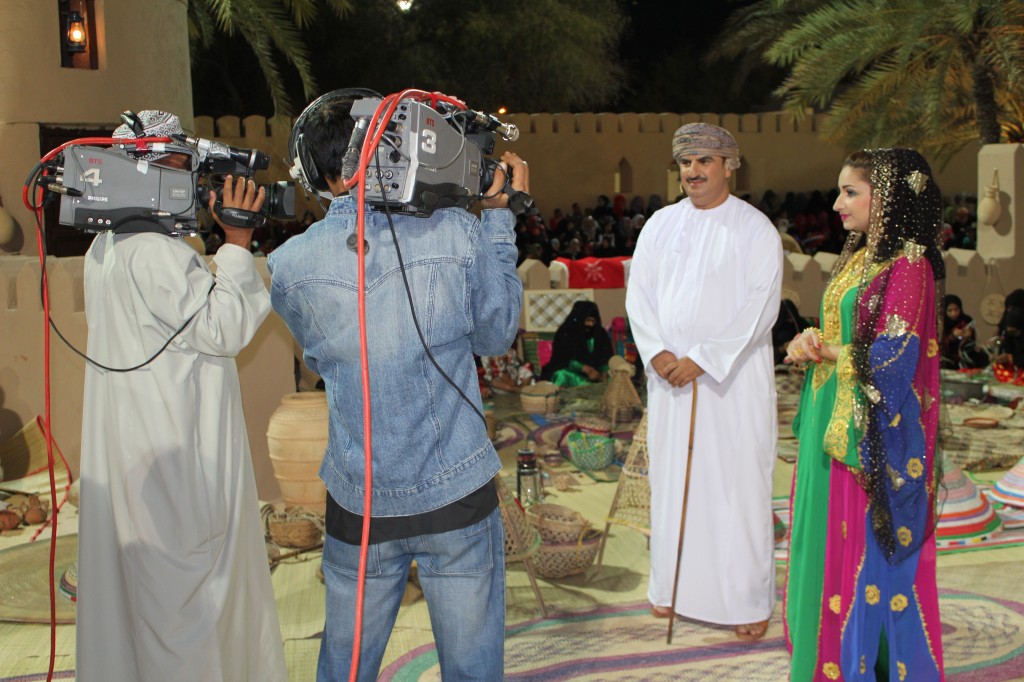
Figure 3: Co-Anchors of the program “Asala” (Authenticity): Abdallah adh-Dhuhli and Ibtihal al-Balushi
Because everything must be covered within the time span of an hour, everything happens at once. It was not unusual for four or five different performance troupes to be playing at top volume within earshot of one another as two huge cameras on rolling booms, several other ambulatory camera men, and countless photographers and onlookers, many of them, simply curious visitors, circulated. Having been completely confused by the intersection and overlap of action in the village and the complete absence of any fourth wall (performers and non performers occupy the same space and non-performers regularly penetrate spaces that are marked by music, dance, and processions) I asked one of the producers, “isn’t this a little chaotic?” “Oh! This is complete chaos every night!” was the response.
From their television-production-studio-in-a-trailer just outside the village, Qais BaOmar, the director of “Asala” creates the narrative path of the program by choosing, on the fly, the sequence of shots and scenes streamed from the 7 cameras and 12 microphones that are out on the village square. Although there is a quasi-rehearsal by way of a planning session with the leaders of the evening’s participants, who indicate which special traditions and people should be showcased, the process is largely improvisatory. Qais says he watches the rerun of “Asala” at 2:30 in the morning with “at least one eye open” just to see how things worked out.
Figures 4a and b: Director of “Asala” Qais BaOmar (at right in the production van)
The Zest of Competition
Hasan al-Balushi who so generously explained the concept behind the Quriat it-Turath introduced me to his partner, Shamsa al-Harthy. Together they are responsible for judging each evening’s presentations and participants according to a roster of twelve criteria. The programs presented by each wilaya are curated by local chapters of the Omani Women’s Association (OWA), an arrangement that, according to Shamsa al-Harthy, works very well. The regional leaders of the OWA choose and prepare the participants and tend to details of organization, for example, the transportation of people, exhibits, and sometimes, even camels, as was the case for the region, Biddiya. Acting as artistic directors, publicists, and bursars, the OWA do their best to provide content according to the adjudicators’ criteria: number of participants, discipline and commitment, number of environments presented, culture and customs, attitude of participants, crafts, arts, fashion, traditional games, food, level of interaction between participation and audience, the involvement of children, and new developments, particularly, as Shamsa explained to me, the development of micro-business and women’s involvement and progress in the society and economy of the wilaya.
Figure 5: Shamsa al-Harthy takes notes as she interviews the hosts of the wilaya’s many exhibits.
Over the month 23 different wilayas paraded through the Heritage Village over the course of the month-long Muscat Festival and, on the final day, a ceremony declared the winning regions: in first place, Sohar, in second place, Mirbat, in third place, Barka, and the four regions receiving the 4th place prize: Shanas, Nizwa, Khabura, and Khasab.
Figure 6: The closing awards ceremony of the festival. The mayor of the Muscat Municipality is seated on the right.
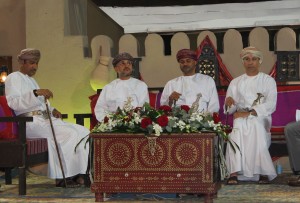
Figure 6: The closing awards ceremony of the festival. The mayor of the Muscat Municipality is seated on the right.
Why produce and award heritage? What do festivals such as the Muscat Festival do to and for the traditional arts? How are traditional arts, all of them with roots that predate the founding of the modern nation of Oman and some of them with roots dating to the jahiliyya, the time before the Prophet Muhammad, transmitted and made meaningful in the present day?
As I absorb the Salalah Tourism Festival in July, 2011, I will continue to ask and try to answer these questions, all the while learning about the extensive repertoire of Omani performance arts and the processes and products involved in the material cultures of its three primary environments: Desert, Sea, and Coast.
The Blind Ethnomusicologist
At the end of my first trip to Oman, in December 2010, I was received by the Mayor of Muscat, Sultan al-Harthy, who outlined many of the features and goals of upcoming festival scheduled for February 2011, when I was to return for my second of three trips to Oman. Nevertheless, I was unable to extract the names of any of the planners, producers, or artistic directors of the festival, from any of my hosts, official or unofficial, in Muscat. I concluded, bit by bit, that I was simply to go and figure it out or myself, without any official introductions or connections, what, in Arabic is called wasta. It would have been nice to be ushered into a directors’ office, to acquire a program of events, or a narrative statement on the festival, even to have a badge that l could wear that said,
“I am doing research on the festival – Please, Talk to Me!”
Figure 7: Talk to Me! AKR poses with women from the wilaya Jalaan performing “Abu Zuluf”
All of the details described above were revealed to me only bit-by-bit and day-by-day as I bravely approached one important looking person after another, explaining my quest for knowledge about culture and music in Oman.
There is a story about a blind man who gingerly touches an elephant, yet feeling only its tail, knows not what kind of creature it could be. Later he touches an ear, then perhaps a leg. None of these tactile experiences reveal the elephant before him but, eventually, by of feeling all of the very different shapes and textures of the creature’s features, the blind man perceives the huge and presumably gentle beast in his presence. This story, which knows many variations through time and space, is attributed to the Sufi poet and saint, Rumi, and is a parable and metaphor for our knowledge of the divine. I find it illustrative of my discovery of the Muscat Festival.
AKR, July 13, 2011
[Stay tuned for future posts on my third and final stint in the Sultanate of Oman]

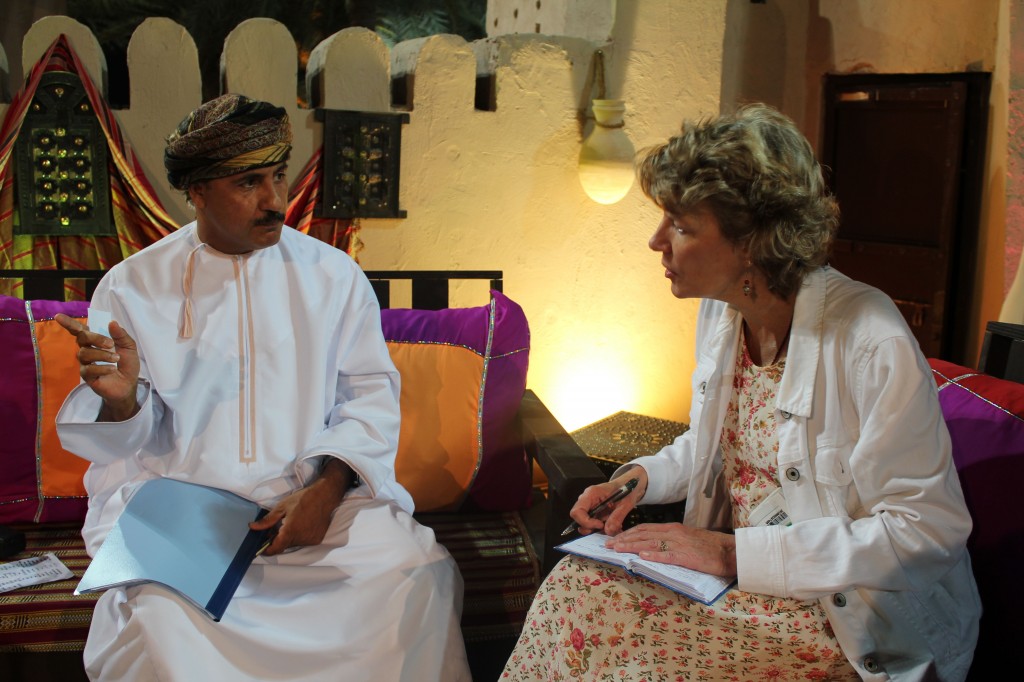
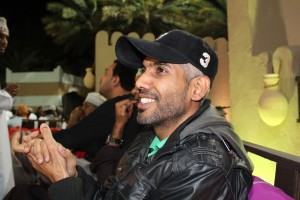
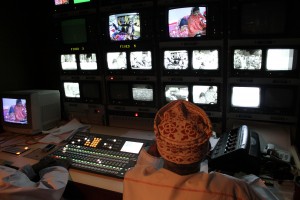
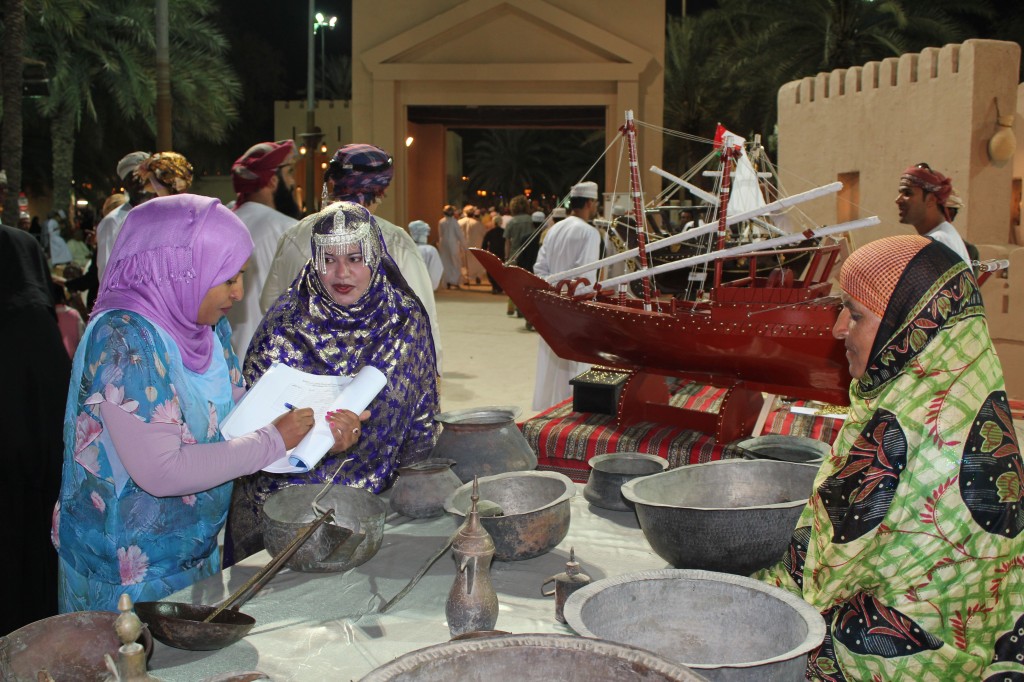
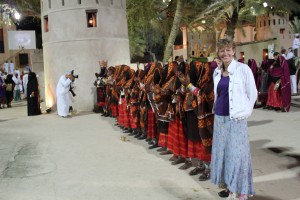
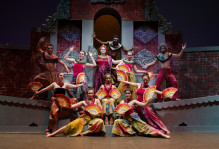
No comments.
Comments are currently closed. Comments are closed on all posts older than one year, and for those in our archive.